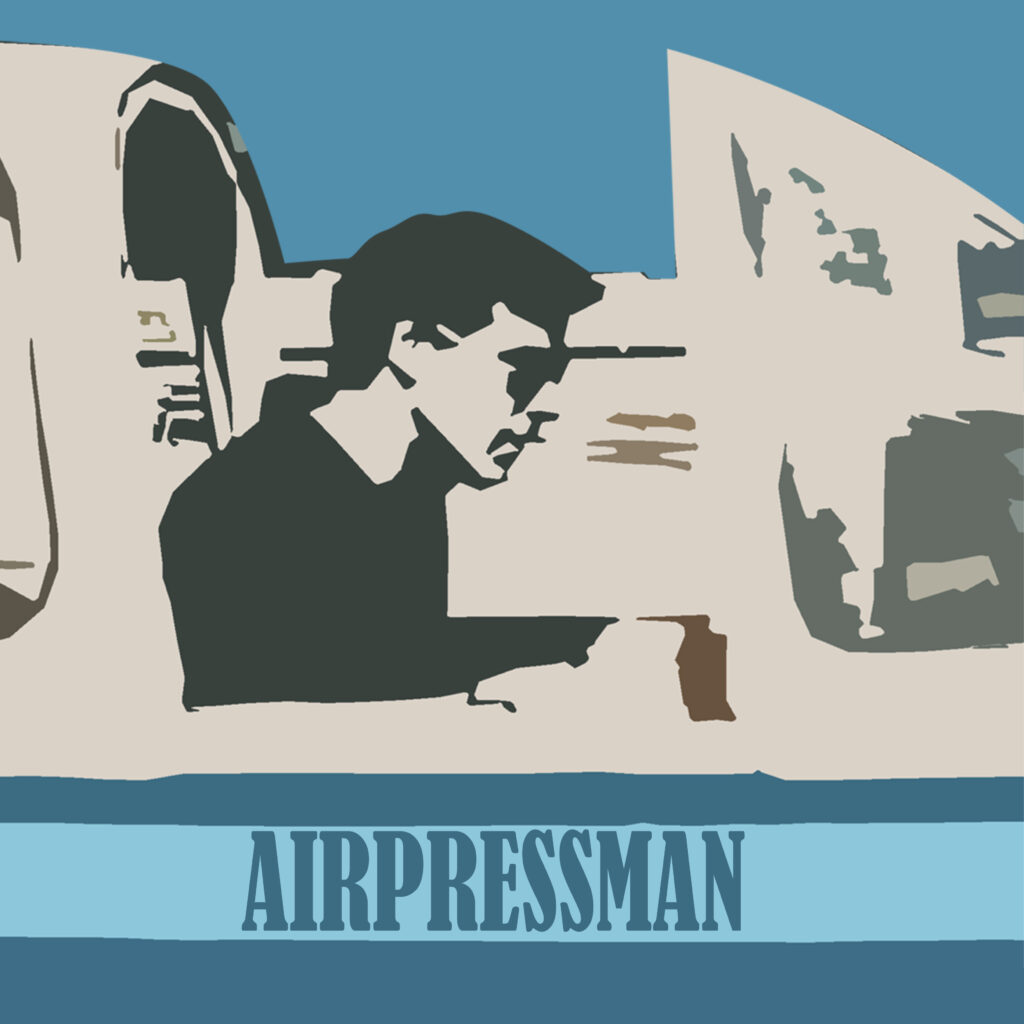
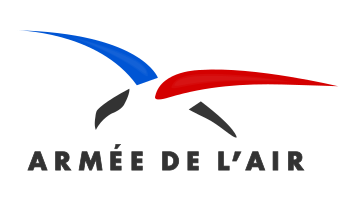
On September 15, 2009 the French Armée del Air (French Air Force) aerobatic team, Patrouille de France (PAF) flew for the first time over the Argentinian capital, Buenos Aires. The oldest military aerobatic team in the world, created in 1931, was on a South American tour that included Brazil and Chile, and participated at the start of early celebrations for the bicentenary of the Argentinian independence due in 2010. The eight franco-german Dassault Breguet/Dornier Alphajet E aircraft, flew escorted by four argentinian built FadeA IA-63 Pampa jets belonging to the Fuerza Aérea Argentina (Argentinian Air Force – FAA).
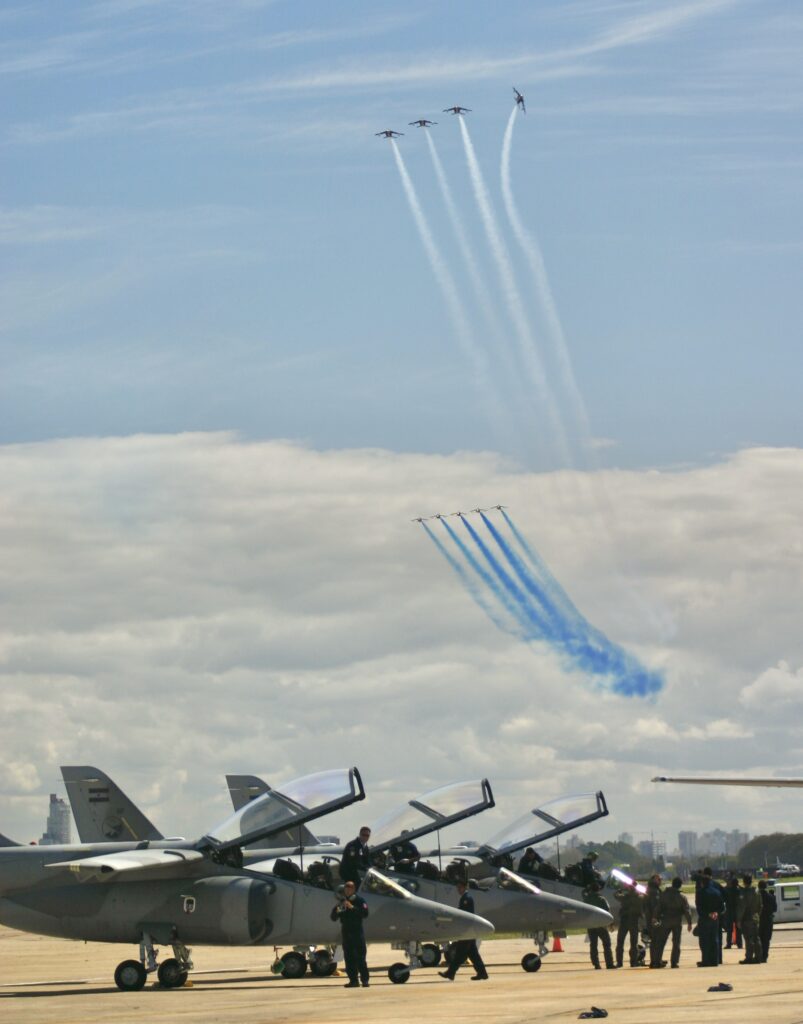
The team flew in formation over the city populated by 3 million people – no aerobatics were carried out over the capital for safety reasons – finishing the display over the 9 de Julio Avenue and its prominent downtown Obelisco (obelisk), a historical landmark indicating the place where the Argentinian flag was first hoisted in 1812. Aeronautical ties between the two nations go back to the earlier days of aviation when the french carrier Aérospostale visited the region, with legendary pilots like Antoine de Saint Exupéry and Jean Mermoz.
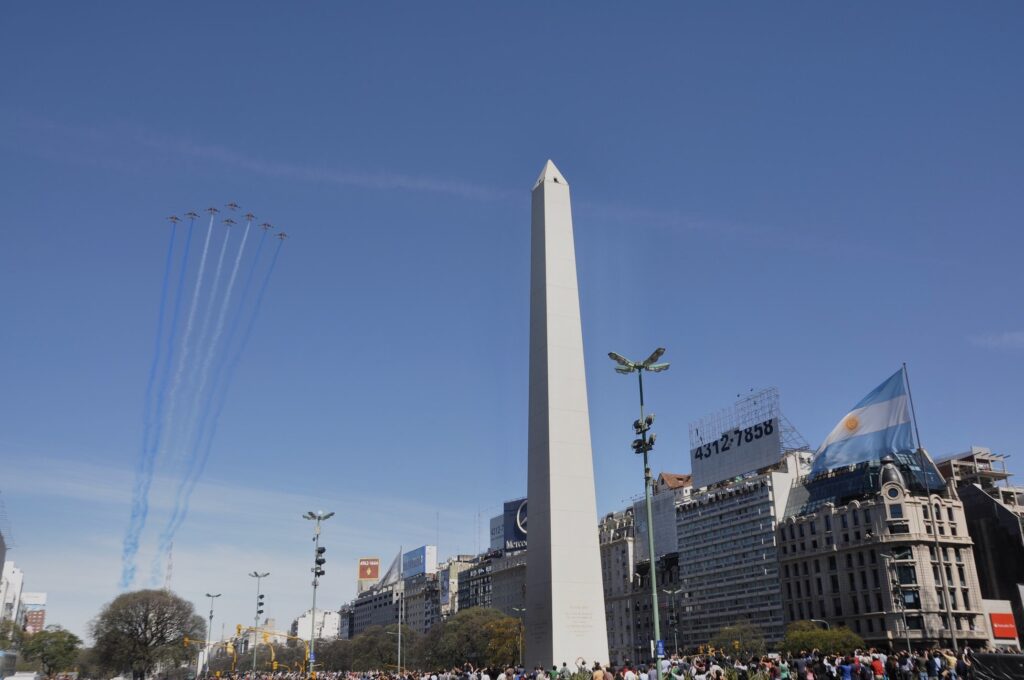
The Commander of the team was Commandant (Cdt.) Benjamin Souberbielle who lead a team of 70 military personnel including pilots, engineers and support staff. His number two and team’s sub commander (or charognard, french for deputy leader) was Cdt. Virginie Guyot – the team’s first female pilot who would become its leader in 2010. The PAF is based at Air Base 701 Salon-de-Provence, Bouches-du-Rhône. During this visit the team brought ten Alphajets and two Lockheed C-130H-30 Hercules for support attached to Escadron de Transport (Transport Squadron) 2/61 based at Franche-Comtè, 123 Orleàns-Bricy Air Base. All the pilots have the call sign Athos (honouring the aggressive and great strength giants of Greek and Roman mythology) with Cdt. Souberbielle being Athos 1, Cdt. Guyot Athos 2 and so on. Athos 7 and 8 perform the as the solo/synchro pair during a normal display whilst Athos 9, is usually a highly experienced and longest serving pilot in the team, and could slot in into any position if required, bar the leader.
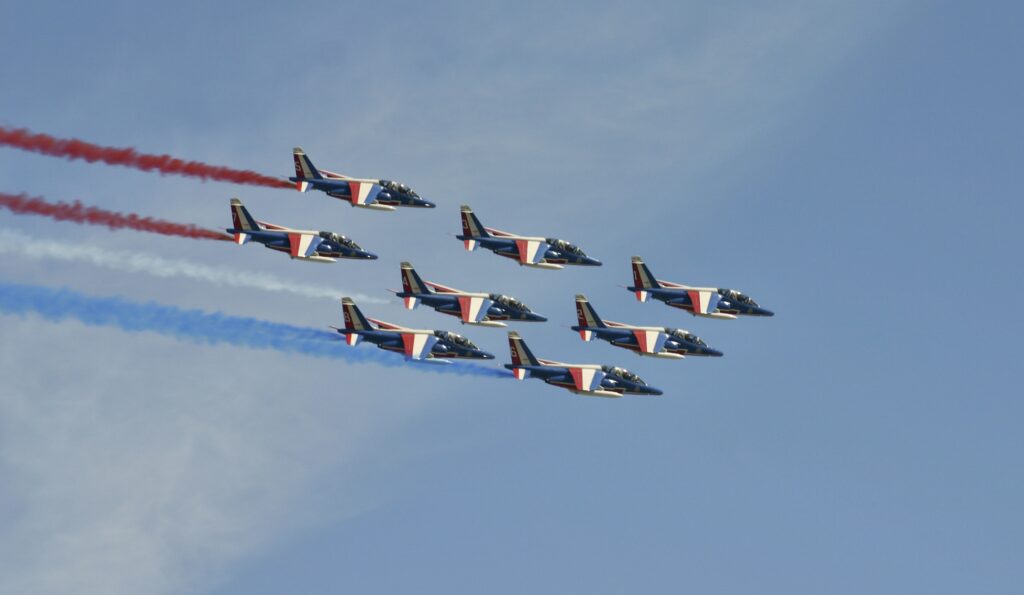
On the day of the display the aircraft operated out of a small FAA Aeroestación Militar Aeroparque (Air Park Military Airstation), located within the civilian Jorge Newbury airport – commonly known as Aeroparque (Airpark in spanish) – located 2 km (1.07nm) northeast of downtown Buenos Aires. Aeroparque is used by carriers operating domestic flights, and at present time its only international destination being Montevideo and Punta del Este in neighbouring Uruguay.

The Alphajet E (“E” stands for Ecole – school in french) has been in service with the Armée de L’air since May 1979 as an advanced trainer and light attack aircraft, built jointly by french manufacturer Dassault Aviation (having bought Breguet in the early 70s) and Dornier Flugzeugwerke of the then West Germany. Powered by two french built Snecma Turbomeca Larzac 04 turbofan engines each developing 2.950lb of thrust, this version promptly replaced the fleet of T-33s and Fouga Magister in the jet trainer role, as well as the Dassault Mystère IVA as a weapons delivery platform. Both France and Germany bought 175 aircraft each of different versions (down from the 200 originally intended) with significant differences between the aircraft of the two nations – France desired a replacement for their ageing Fouga Magister trainers, whilst West Germany want to replace their light strike Fiat G.91. The armed version could carry up to 5.000lb of ordnance distributed on four underwing hardpoints and a ventral station where a gun pod with a 30mm DEFA cannon would be located (or a 27mm Mauser BK-27 cannon on the german version).
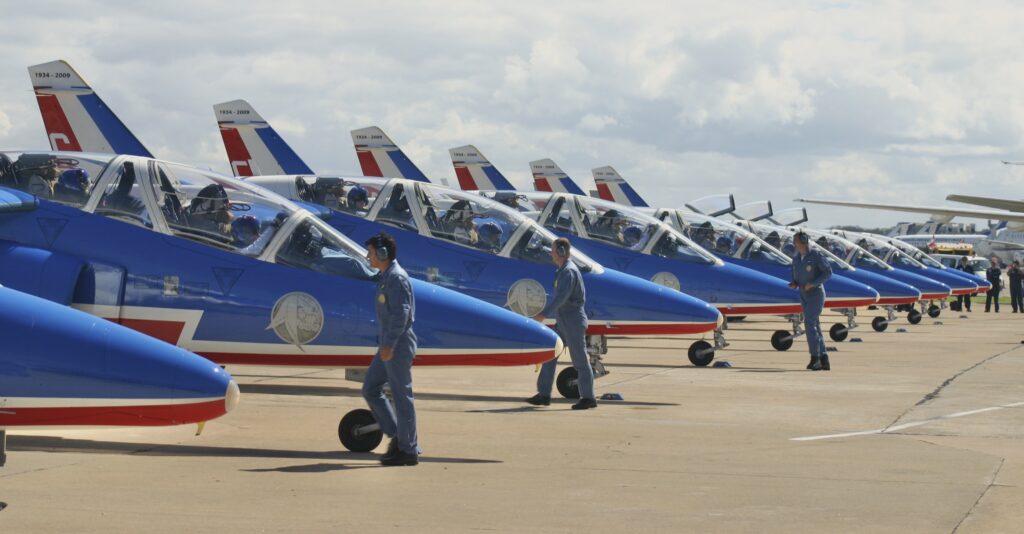
Interestingly on the PAF jets, the ventral station carries the smoke generator container, has a powerful nose landing light and no gunsight fitted. The aircraft is capable of speeds up to Mach 0.86 (1000km/h) and had a production run of 512 aircraft up till 1985. The initial versions were designed with a basic and simple avionics suite, no autopilot, INS or radar; with a view to make the type easier to export, including the choice of the french Larzac 04 powerplant as Germany was inclined to select the GE J-85, however the older, combat proven US built turbojet could create export restrictions. More than 150 were sold – mostly to nations with french links – like Belgium, Ivory Coast Morocco, Togo, Cameroon, Qatar, Egypt, Nigeria and Gabon.
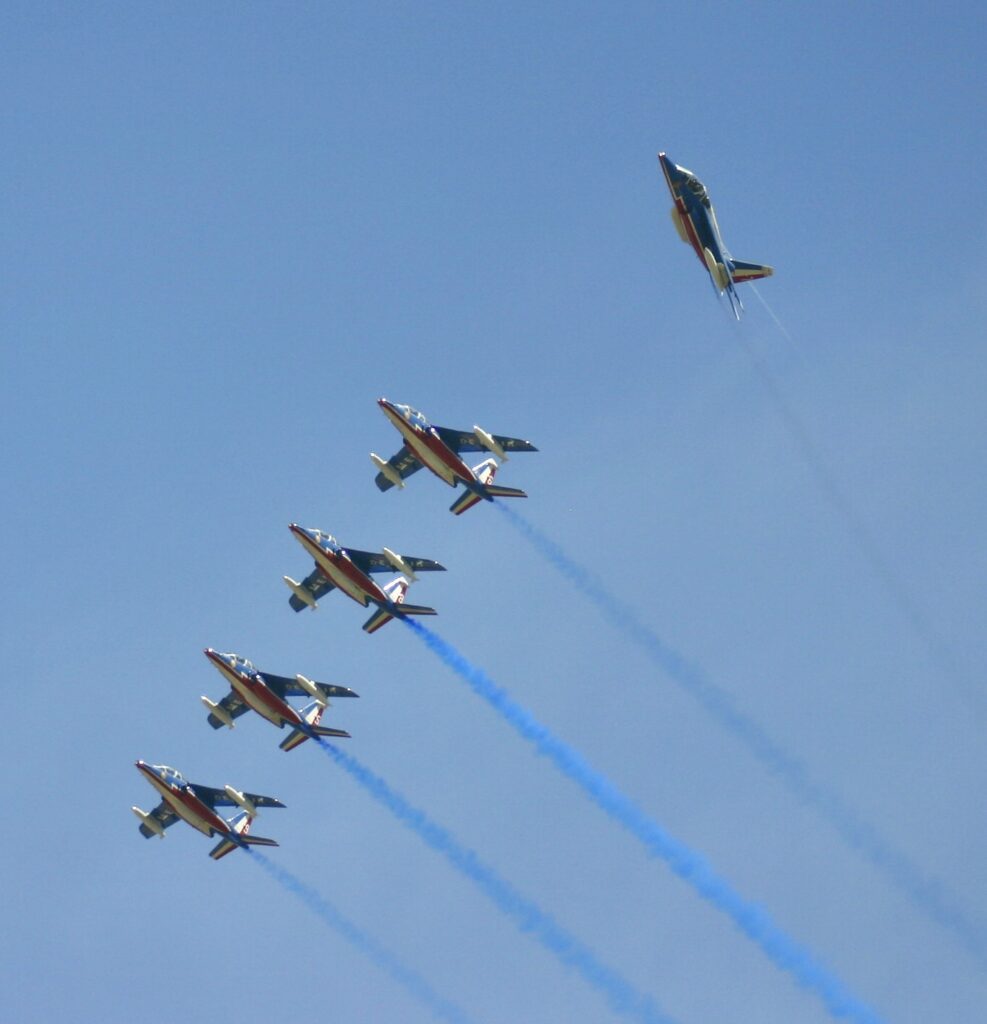
After their flypast over Buenos Aires, the team landed back at Aeroparque were the local media could interview its members and photograph the aircraft. The media attention was centered on Virginie Guyot, who before joining the PAF served as a Mirage F1-CR combat pilot on the 2/33 Savoie reconnaissance squadron. Subsequently the team deployed west of Buenos Aires to Córdoba in central Argentina where they performed on September 17, 2020 at the Escuela de Aviación Militar (Argentinian Air Force Air Academy) to the delight of the local population and aviation enthusiast.
May this galant Gallic visit repeat itself, so for now we just say “au revoir“!
Report by Ernesto Blanco Calcagno/www.airpressman.com
IMAGE GALLERY
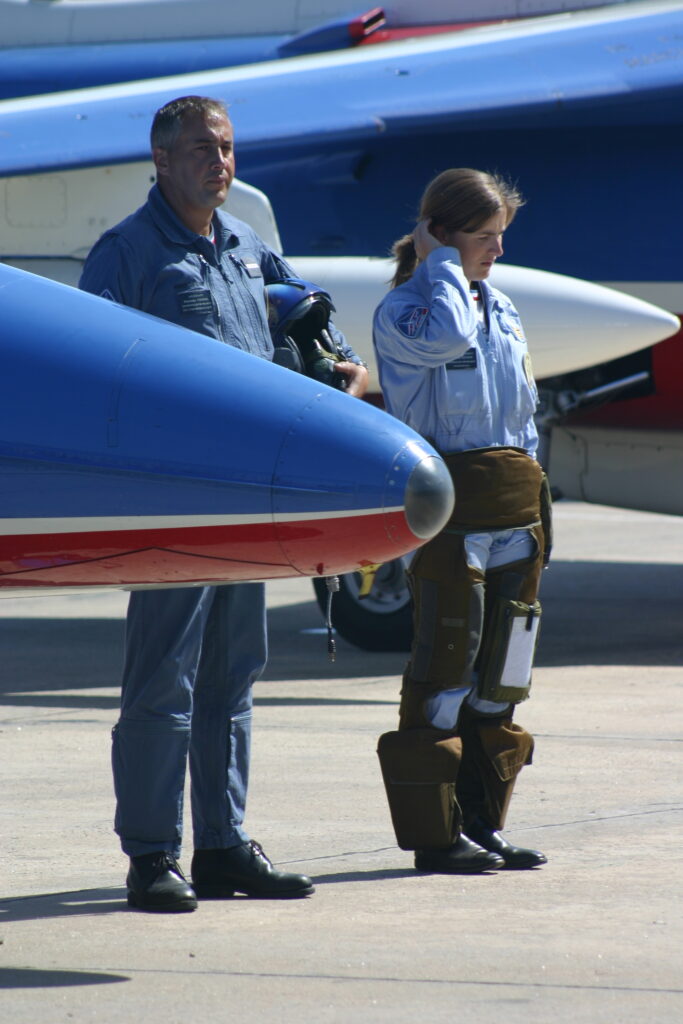
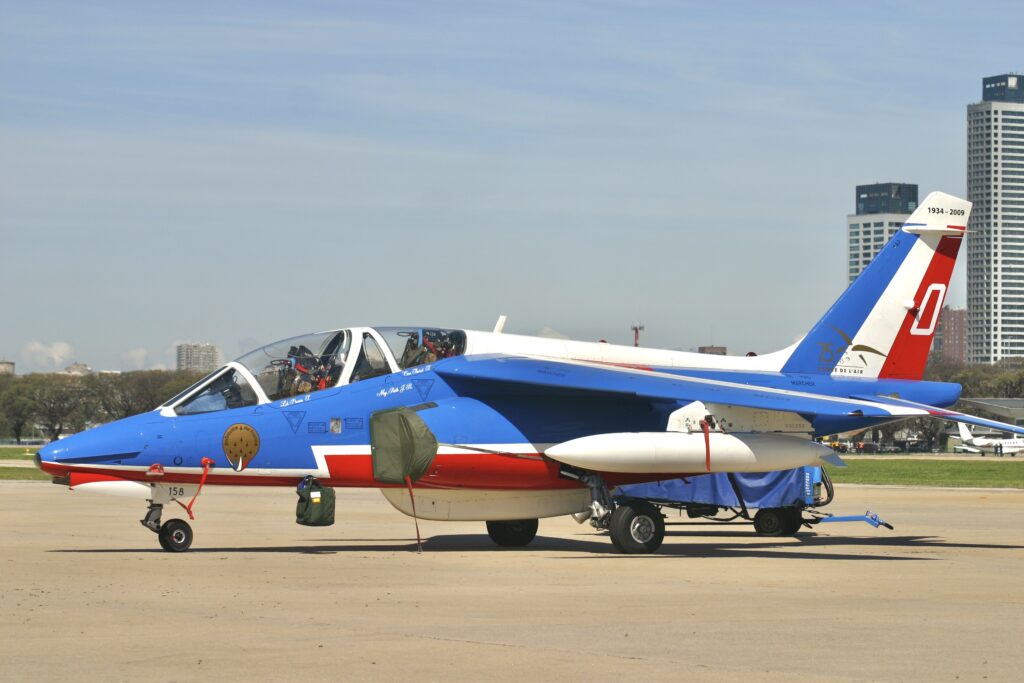


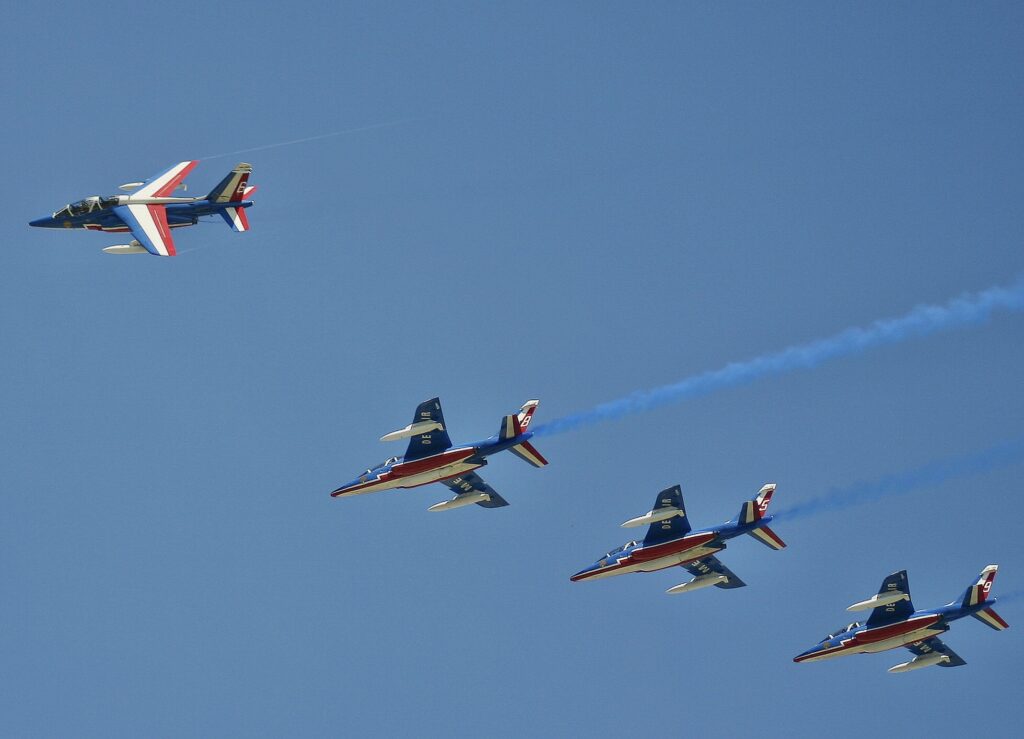

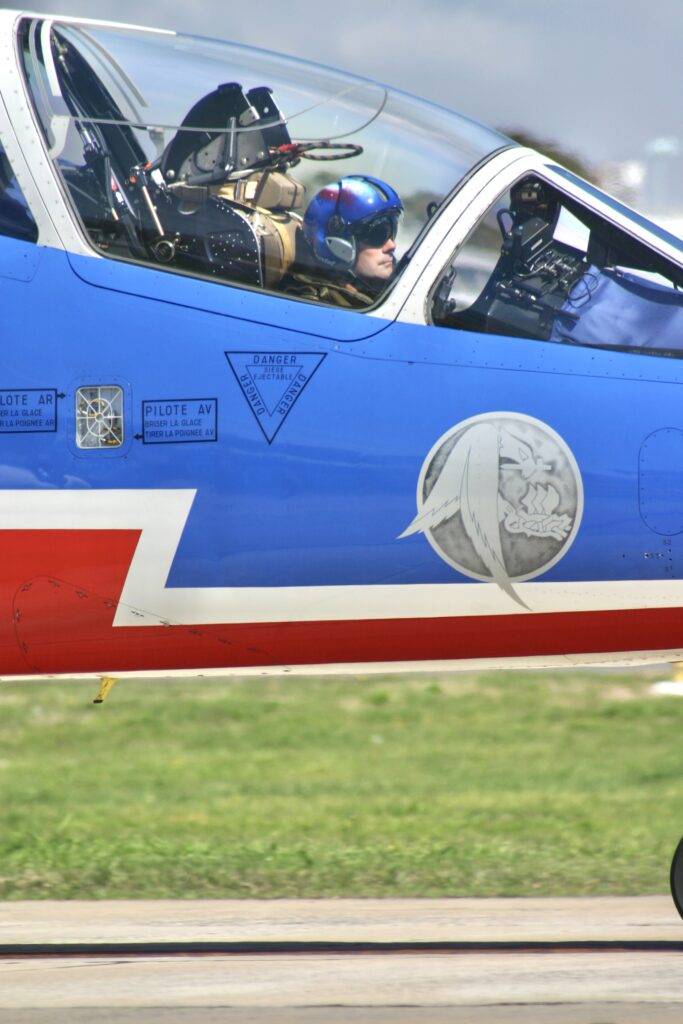


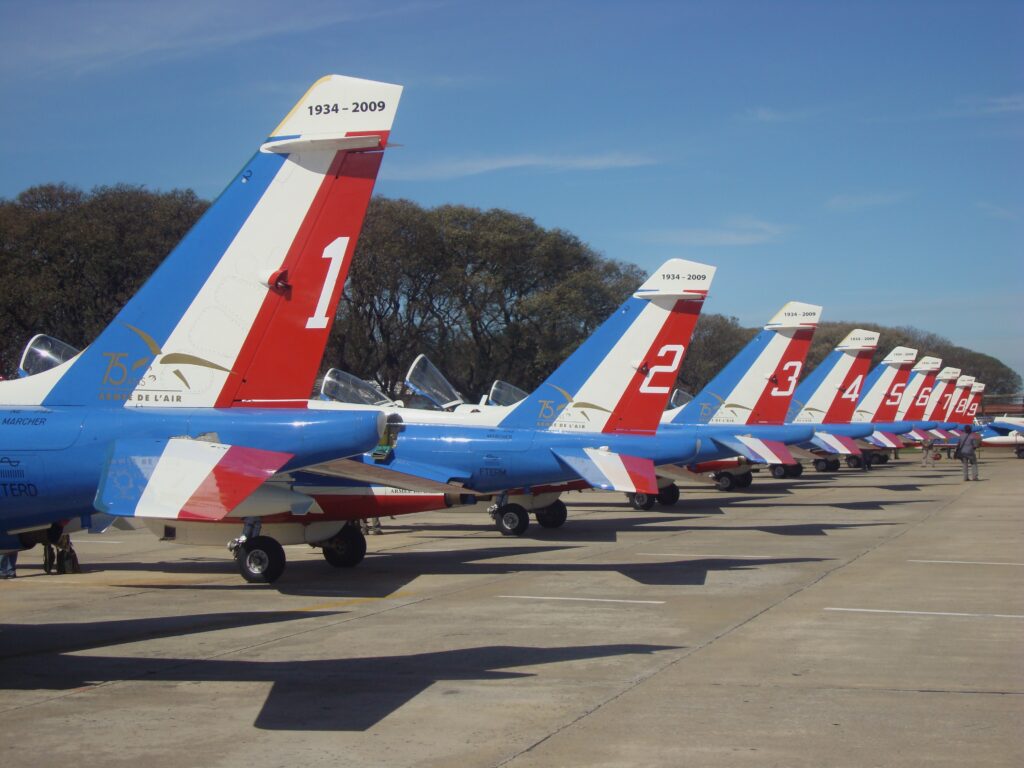
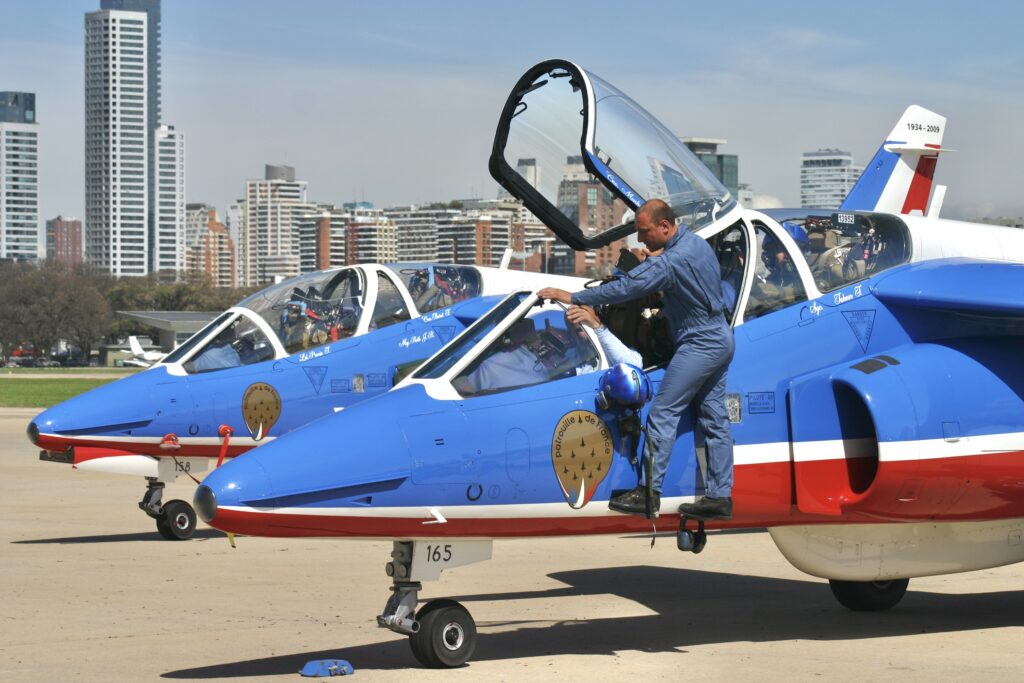

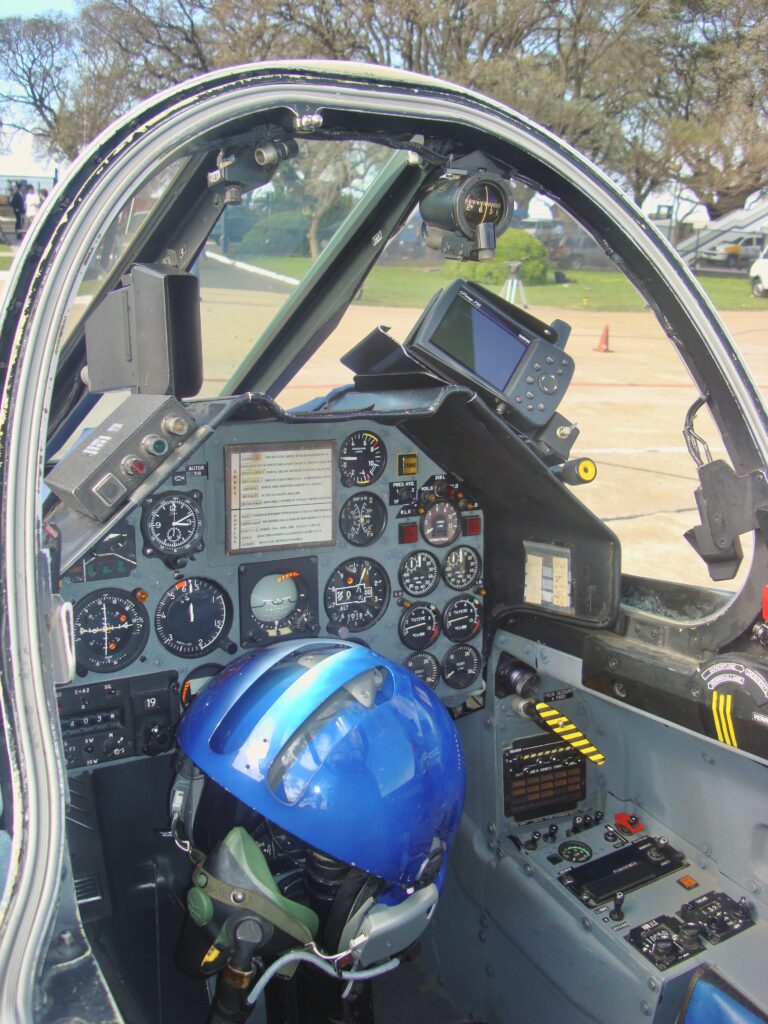
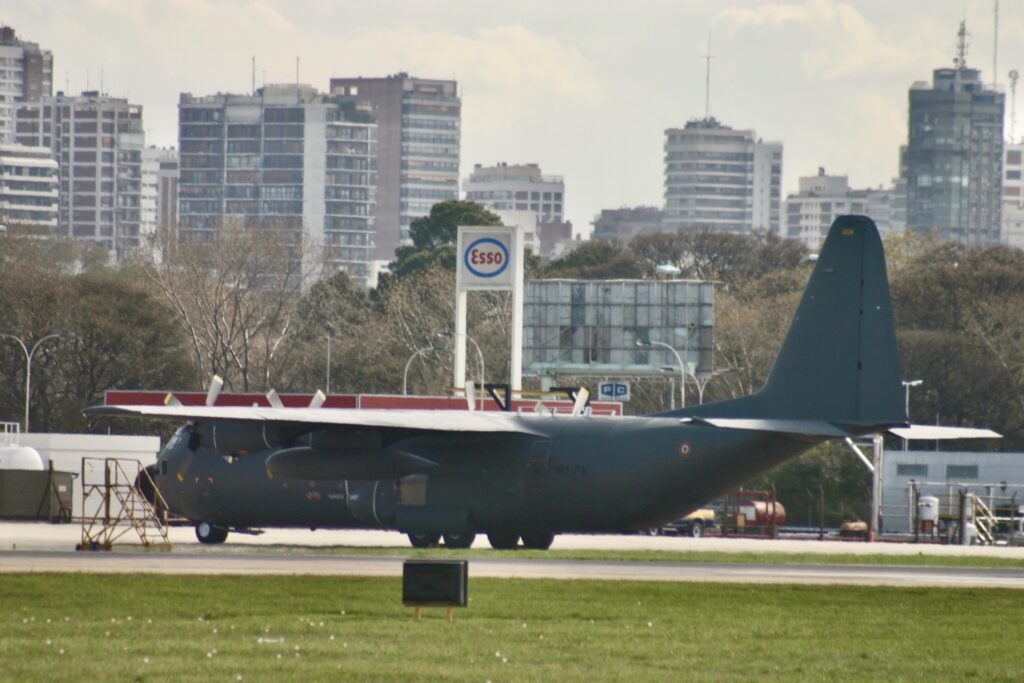
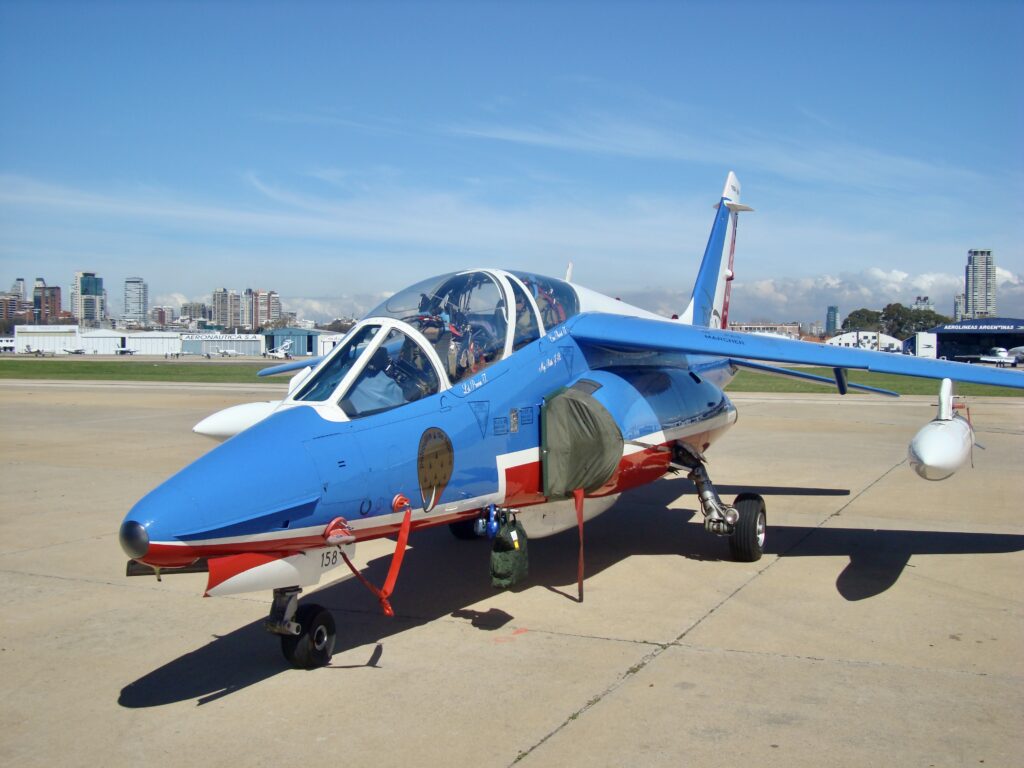
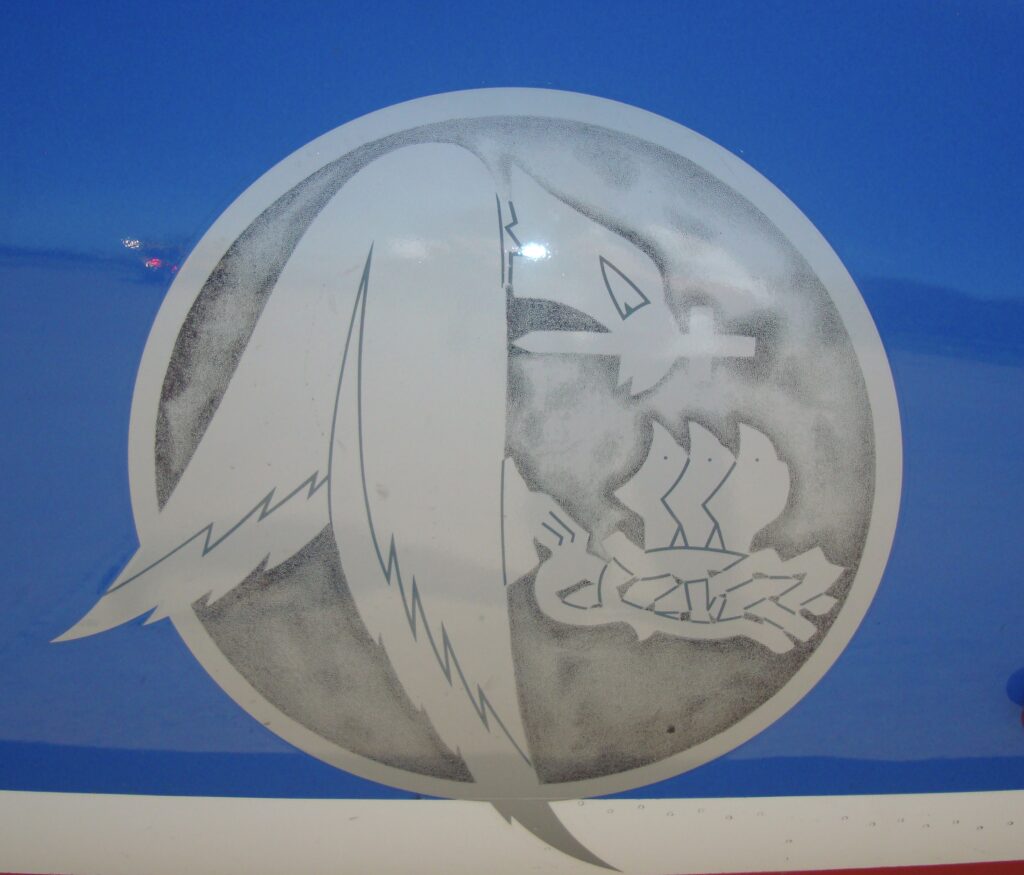
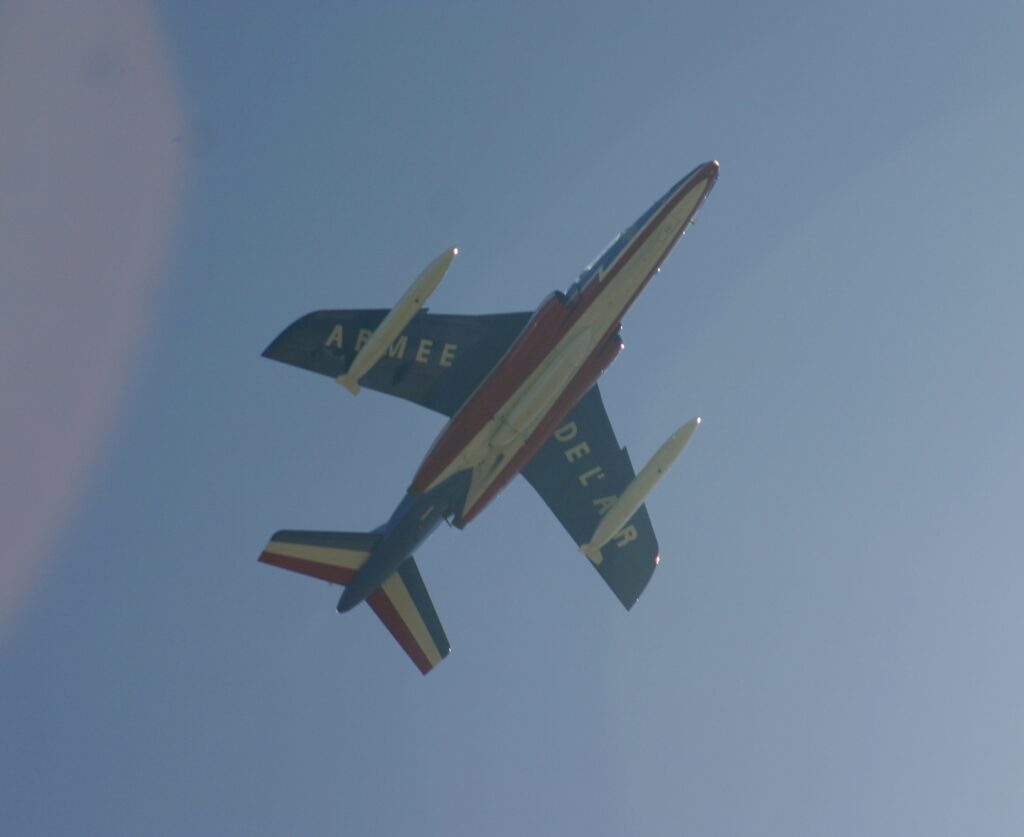


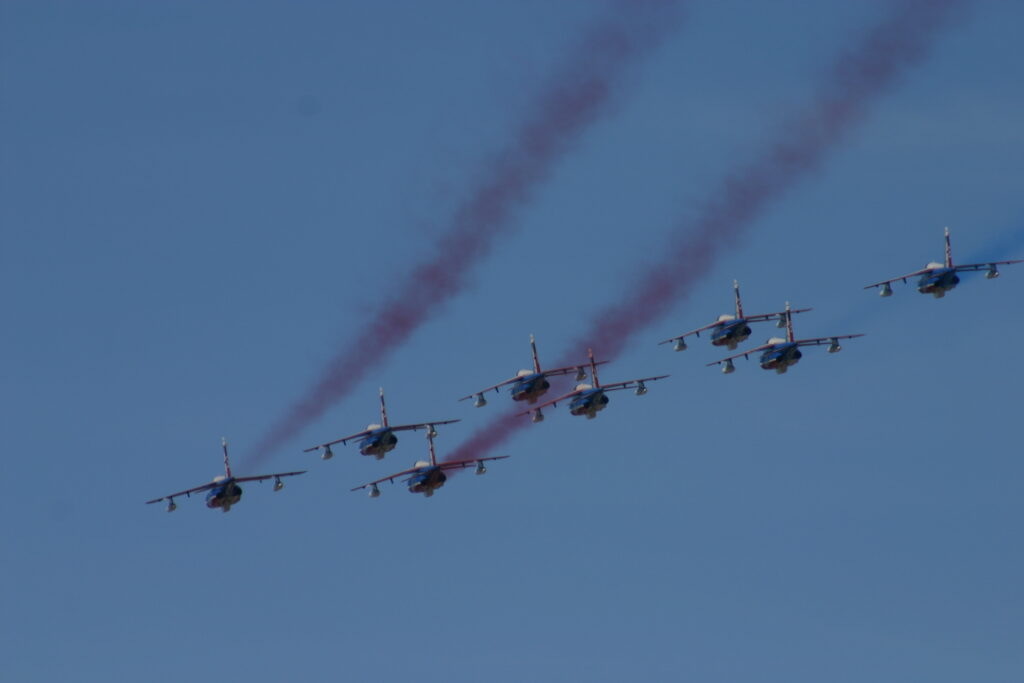

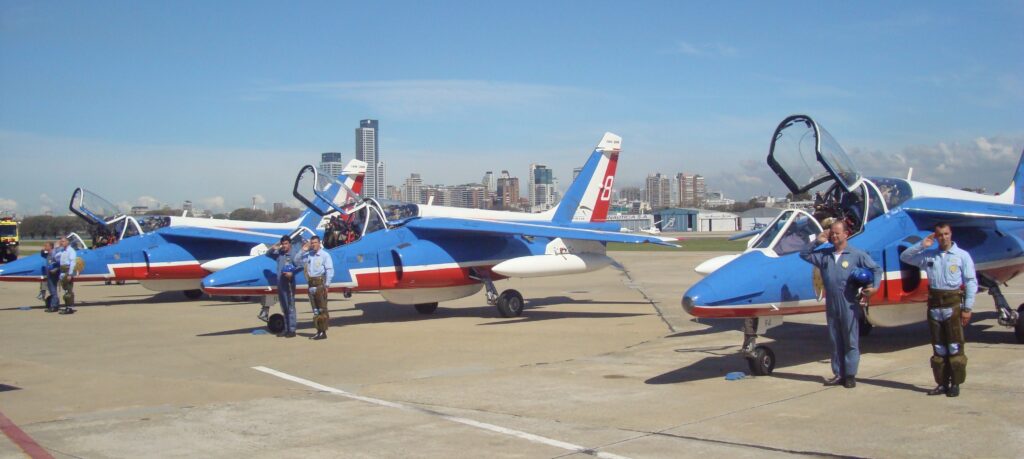
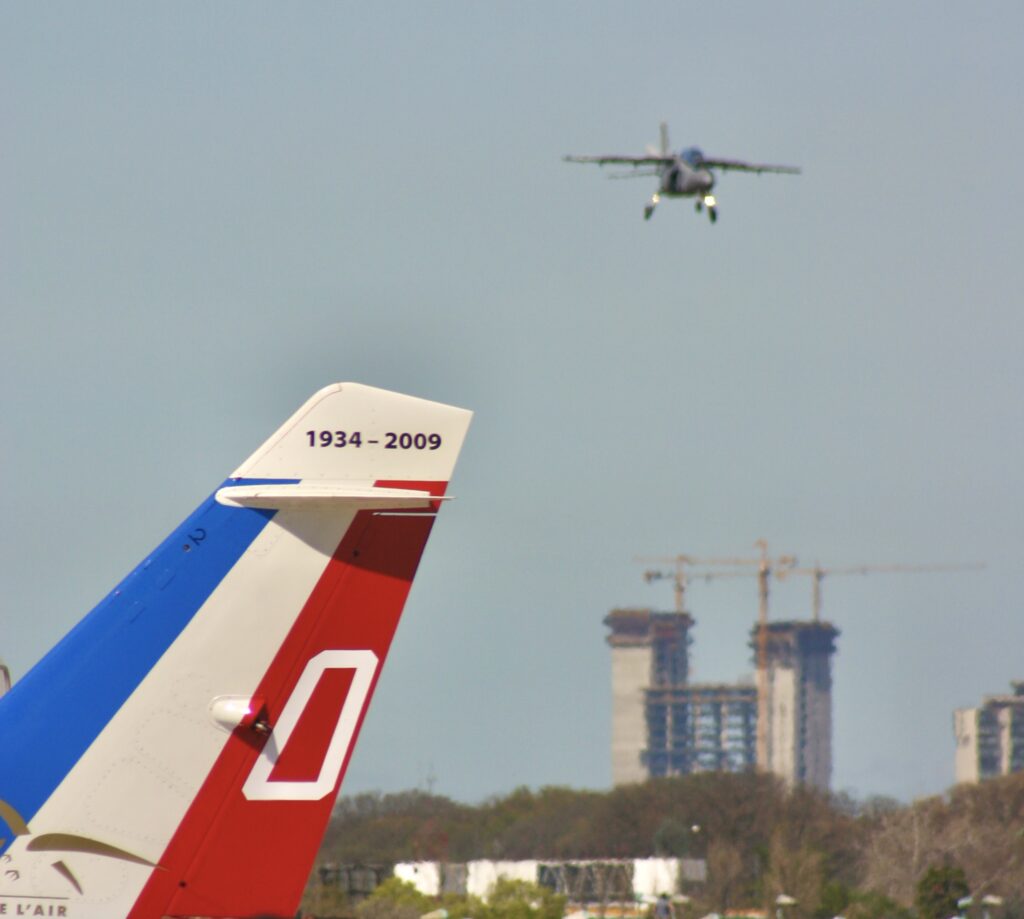

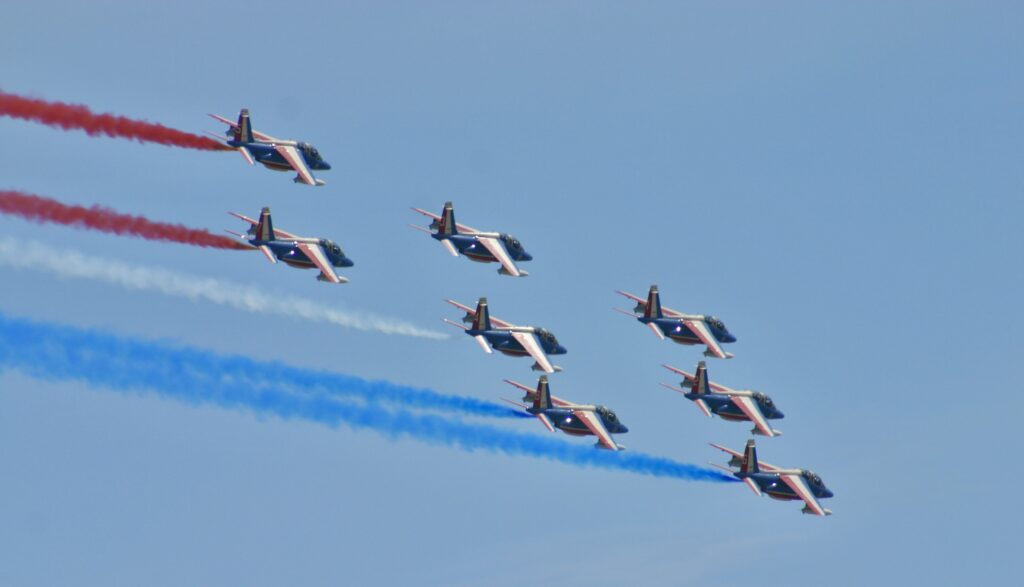


.png)
.png)
